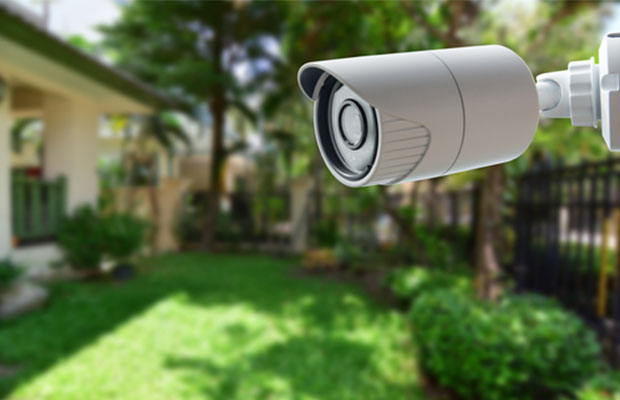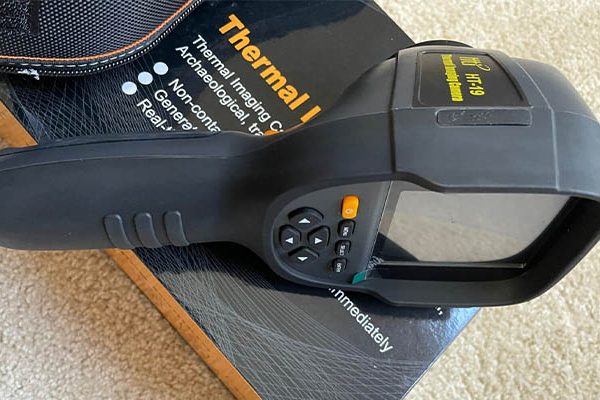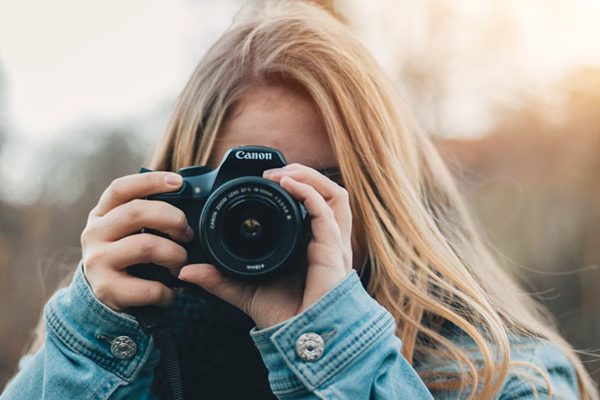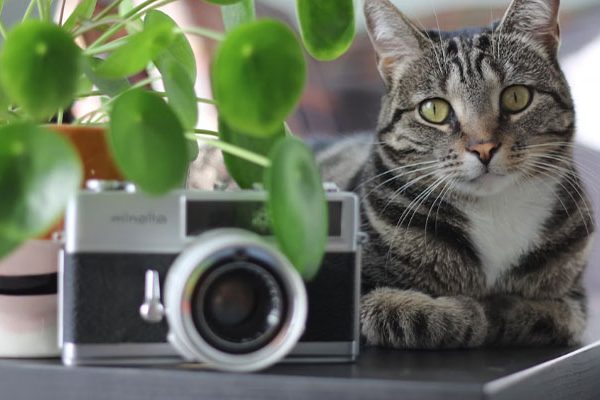You’ve been thinking about getting a security camera for your home, but wonder how many security cameras do I need? Without a doubt, the response to this question will depend on your unique needs and preferences. There is no “one size fits all” solution to this question.
However, there are a few considerations that can help you limit the number of security cameras you need for a full system.
We’ll give you some ideas for security cameras for your system as we go along in the remainder of this blog post.
Table of Contents
How Many Security Cameras Do I Need?
Your priorities and other considerations will affect how many security cameras you install. More outdoor cameras are necessary if you want to prevent burglaries or intrusions. More cameras that can view the inside of your home are necessary if you need to keep an eye on family, pets, or babysitters.
The dimensions of your house and land will also need to be taken into account. More cameras will be needed for larger properties. You also need insurance for any outbuildings that house valuables.
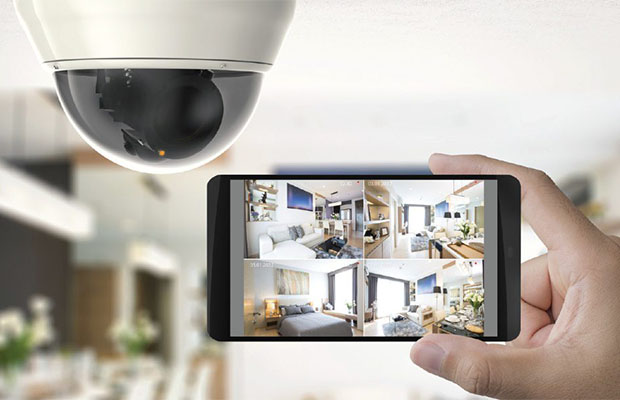
In general, here are the number of cameras you might need in the following areas:
- 1 outdoor camera for the front porch
- 1 doorbell camera
- 2 outdoor cameras for the front and back yards
- 3 outdoor cameras for either side of the house
- 4 indoor cameras for the living room
- 4 indoor cameras for the hallway
- 2 indoor cameras for the child’s bedroom
- 2 indoor cameras for rooms with valuables or safes
Related: Do Security Cameras Have Audio?
Why Ask This Question?
Many people try to build a surveillance system without taking this straightforward and important step, figuring they’ll figure out how many cameras they need as they go. This is the wrong strategy because, in the long run, knowing how many cameras you need up front can save you a ton of money.
Consider the scenario where you decide to begin assembling your security system. You choose to go with a four channel recorder to save some money because you initially decide to buy three cameras. The issue with this is that you are now restricted to using only four cameras. Imagine that you decide later that your surveillance system actually requires two more cameras to be complete. You’ll need to buy a second recorder if you really want to add those two extra cameras.
However, you would have bought an eight-channel recorder if you had known how many cameras you would eventually require from the start. You can now simply add more cameras to your surveillance system in the future when you go to buy them.
You’ll have a better idea of which security cameras you require if you are upfront about how many you’ll need. You’ll be able to make better purchasing decisions, for example, if you are aware that you require a camera for your driveway.
You might not get security cameras that are best suited to your specific needs if you enter the purchasing process blindly.
After all of that, let’s determine the precise number of security cameras you require. Open a Google Doc or take out a piece of paper. Since this is an interactive blog post, I’ll ask you to follow along and carry out the subsequent tasks as we go.
How Much Do Security Cameras Cost?
The price of security cameras varies depending on brand and features. Pro and con are additional factors. DIY setup and storage
DIY Cameras
Depending on the features, the cost of a DIY security camera can be anywhere between $30 and $300. These are typically wireless and link to the Wi-Fi in your home. They either store video in the cloud, locally on a memory card, or on a DVR-style recording device.
Arlo Pro 4 cameras are about $200 each, and a four-pack is about $500. It has a wire-free hub-less setup, 2K video, people, vehicle, and package detection, and is more of a top-of-the-line DIY security camera.
For $278 you can buy four Wyze Cam Outdoor cameras, which cost $80 each. You make some concessions in exchange for the lower price. The Wyze camera provides HD video in 1080p as opposed to 2K on the Arlo Pro 4. Additionally, it lacks detection for people, vehicles, and packages. Additionally, a base station for the Wyze cameras is required and costs an additional $20.
By purchasing a 360-degree camera for each room, you can spend less on indoor cameras. These cameras are able to swivel to capture anything that is moving when they detect motion. The top-of-the-line 360-degree camera costs around $40 and is called the Wyze Cam Pan v2.
Remember to account for the expense of video storage when using DIY security cameras. In the absence of a local storage option, these cameras offer cloud storage subscriptions; alternatively, some will let you choose between local and cloud storage. The average monthly cost of a subscription is $5 to $10.
DIY cameras don’t need complex installation equipment. With a screwdriver, the majority can be installed in a short period of time.
Professionally Installed
Prices for professional installations can differ. Be prepared to spend between $100 and $400 per camera. A professional installation typically costs slightly more than $1,000 for the typical home.
The cost of these systems typically includes a local storage option. For their professionally installed cameras, some home security providers, including Vivint and Frontpoint, offer cloud subscription plans.
Some professionally installed cameras, as opposed to DIY cameras, offer monitoring through security firms. Typically, an additional $10 to $15 per month is charged for this service. The monitoring company will get in touch with you and the authorities if necessary when it notices an intruder.
Related: How Long Do Security Cameras Keep Footage?
Best Places to Put Security Cameras
Here are some things to consider:
- To prevent vandals from easily tearing down outdoor security cameras, position them high up. High enough to deter tampering is about nine feet.
- Ascertain that flags, bushes, trees, and other yard decorations won’t obstruct the camera’s view.
- Place 360-degree cameras indoors as near the room’s center as possible to ensure adequate coverage.
- Place standard cameras in a corner, halfway up the wall, for the best overall room view. If you mount them to the ceiling, there may be a sizable blind spot beneath the camera.
Read More:
FAQs
How Many Ring Cameras Do I Need for My House?
As a general rule, 3-4 cameras for the following areas are a great start for most homes: an exterior doorbell camera to monitor deliveries and the front door.
How Many CCTV Cameras Can I Have on My House?
For a home video surveillance system, most people need between 2 and 6 security cameras.
Should Security Cameras Be Visible?
Beyond recording and monitoring what goes on in a given location, the main advantage of visible security cameras is that they act as a fairly effective deterrent.
Summing Up
An indoor camera that provides a live feed enables you to monitor everything that is happening inside your home. When you’re away, this is helpful for keeping an eye on your family, your pets, or the babysitter or nanny. In the event of a break-in, a theft, or vandalism, recorded footage can also be used as proof.
Consequently, the choice of how many security cameras you require is entirely up to you. The majority of people do choose to install between 2 and 6 security cameras in their homes and between 16 and 64 cameras in their businesses. The layout of your property and your ideal surveillance coverage, however, must both be kept in mind when determining the number of cameras you require.
Also Read: Can Police Put Cameras In Massage?

